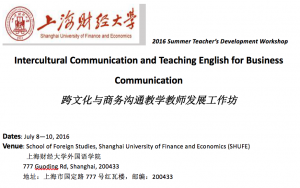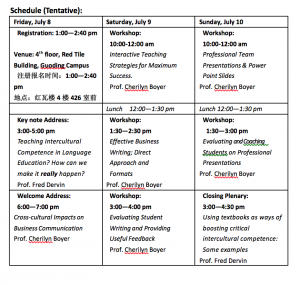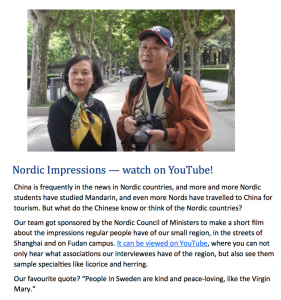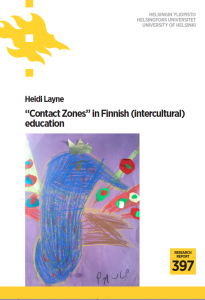

Madness about burkinis in France!
“French mayors do not have the right to ban burkinis, the French Council of State ruled Friday, suspending the bans already in place in a number of French cities and towns”.
WHAT A RELIEF!…
Some fun cartoons criticising this madness…

Liberty, Equality… Undress

1966:
Please put your clothes back on
2016:
Please take off your clothes…

Do you mind? There are children here!
CFC: Education in the Borderlands
Call For Chapters
Education in the Borderlands: Promises, Utopias and Realities
Eds. Anna-Leena Riitaoja,
Etta Kralovec and Fred Dervin
Deadline for abstracts: 15th Oct. 2016
“A boundary is not that at which something stops but, as the Greeks recognized, the boundary is that from which something begins it presencing”.
(Heidegger, 1971)

Thousands of people transmigrate daily between countries around the world. Amongst these daily transmigrants, many children and young people cross a national border as un/documented to receive an education. These ‘transfronterizos’ are to be found in places as diverse as the borderlands between the USA and Mexico, China and Burma, or Malaysia and Singapore but also in many border refugee camps. In this volume this phenomenon is referred to as Education in the Borderlands (EiB). According to Passi (2011: 13), there are more than “300 land borders and scores of sea boundaries” between the 200 states or so that compose the world. This means that there are, in theory, as many possible cases of education in the borderlands.
For Thomas Adam (2012: 1) even if national borders appear (increasingly) to be turned into fortified political borders, they are “certainly not impenetrable”. Wastl-Walter (2011: 2) adds that “borders are (…) complex spatial and social phenomena which are not static or invariable but which must be understood as highly dynamic”. Depending on the context, borders might be non-material or material (barbed-wire fence, a door, heavily-guarded, etc.) (ibid.).
To understand borderlands as spaces of living and education requires a different understanding of border and space itself. Borderlands are not just a space where two politically constituted spaces meet each other but where these two also become intertwined, or as Heidegger would ask us to understand, where new forms of social relations and structures begin their ‘presencing’. It is this emerging of new forms that this volume is interested in identifying, exploring and understanding.
In this volume we support the idea that politically constituted spaces do not always define peoples’ space and the social, economic, historical, environmental and political ties and transnational identities that they have. This means that borderlands cannot be actually considered as a fringe where one entity changes into another but as its own space constituted and maintained by its own conditions. Such a spatial, contextual and dynamic understanding of the borderlands as spaces (Massey 2005; Paasi 2014) may be challenging to understand and explain institutionalized education that – as maintained by (nation) states – is expected to sustain specific ideas about space as physically and historically fixed and as an ethnically and socially coherent entity (Wimmer & Glick Schiller 2002). Informal education, instead, in so far as not relying on the idea of the political national space, has a somehow different starting point, tools and aims in use. Whether institutionalized education can ‘make sense’ of the lives in the borderlands depends on its ability to problematize the nationalistic and fixed understanding of space and the starting points and aims of institutionalized education.
Apart from education in the borderlands between the USA and Mexico, very few studies have been published on the situation in other borderlands globally. Increase in cross-border education initiatives and with the current refugee crises in several parts of the world, there is a need for more research to be conducted and made available about this phenomenon of contemporary life. The purpose of this volume is to provide an authoritative, state of the art review of research on education in the borderlands worldwide. The authors may submit chapters dealing with, amongst others, intercultural, identity, pedagogical, and representational issues. Any context of education is of interest to the editors (kindergarten to adult education as well as from formal to informal and even non-formal education). In addition to empirical works the editors also welcome theoretical contributions exploring the problematics of education in borderlands.
Deadlines
Abstract of proposed chapter (300 words): 15th October 2016
Answer to authors: 1st November 2016
Full chapters to be submitted: 1st May 2017
Authors are invited to submit a 300-word proposal (+ a few lines about the author(s) in English to the editors (anna-leena.riitaoja@helsinki.fi, endhomework@gmail.com and fred.dervin@helsinki.fi) – please no pdf!
The proposed book will be submitted to Routledge.
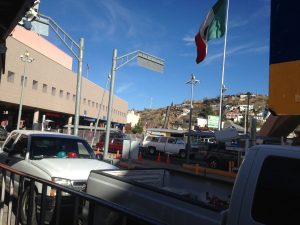
References:
Massey, D. (2005). For Space. London: SAGE.
Paasi, A. (2014). The shifting landscape of border studies and the challenge of relational thinking. In Bufon, Milan et al. (eds.). The New European Frontiers: Social and Spatial (Re)integration Issues in Multicultural and Border Regions. Newcastle: Cambridge Scholars Publishing. pp. 361-379.
Wimmer, A., & Glick Schiller, N. (2002), Methodological nationalism and beyond: Nation–state building, migration and the social sciences. Global Networks 2(4), 301–334.
AGAINST PISA!
New book: Shibao Guo and Yan Guo (Eds.)
Spotlight on China Chinese Education in the Globalized World
Shibao Guo and Yan Guo (Eds.) University of Calgary, Canada
Contains my chapter: Informal Preparation of Chinese Students for Study abroad in Sweden
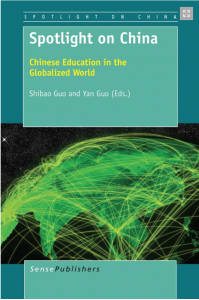
Economic globalization and advanced communication and transportation technologies have greatly increased interconnectivity and integration of China with the rest of the world. This book explores the impact of globalization on China and the interactions of Chinese education with the globalized world. It consists of twenty chapters which collectively examine how globalization unfolds on the ground in Chinese education through global flows of talents, information, and knowledge. The authors, established and emerging scholars from China and internationally, analyze patterns and trends of China’s engagement with the globalized world as well as tensions between the global and local concerning national education sovereignty and the widening gap between brain gain and brain drain. The book covers a wide range of topics, including: · Internationalization of Chinese education · Student mobility and intercultural adaptation · Cross-cultural teaching and learning · Transnational talent mobility The diverse concepts and perspectives represented in this volume provide rich accounts of the effects of globalization on Chinese education and how globalization has transformed Chinese education and society. China’s successes and challenges will inform international researchers and educators about globalization and education in their own contexts with possible implications for change.
Paperback US$43.00/€39.00 ISBN 978-94-6300-667-5 Hardback US$99.00/€90.00 ISBN 978-94-6300-668-2
SERIES: SPOTLIGHT ON CHINA, VOLUME 2
From the Nordic Center at Fudan
Cornell talk: Intercultural competence
Heidi Layne 12.8.2016
Education export madness
Another example of people trying to milk the myths of Finnish education, combining it with exoticism and Santa Claus!
Madness, shame!

University Teacher Development Workshop (Shanghai)
